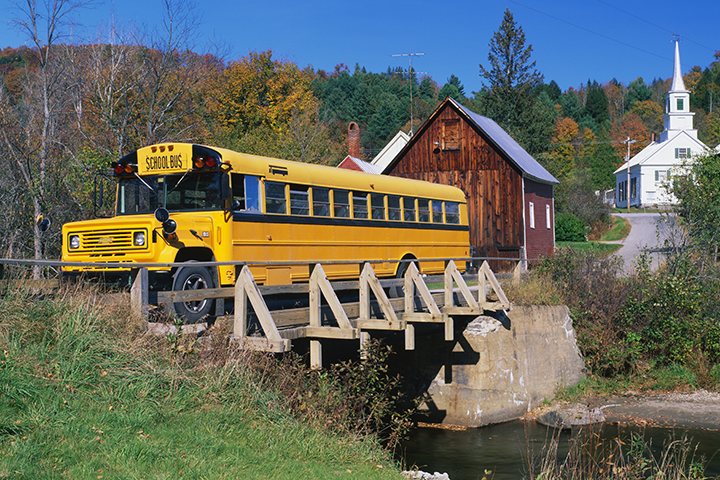Public school students, from Kindergarten to 12th grade, in Troy, Montana, start the day with breakfast at school and time to talk with their teachers or advisors. One high school teacher sees breakfast during the advisory period as the prime time and tool for character formation.
The Breakfast in the Classroom program, a collaboration of the Montana Food Bank Network and the state of Montana, offers breakfast to all students, regardless of income status. At the high school, breakfast during the advisory period creates a daily space where students “can build a relationship with that teacher,” Superintendent Jacob Francom told The Western News.
Francom isn’t just talking about teachers. He, too, has an advisory group he meets with every morning. And students who might already have eaten or don’t feel hungry still can sit with their classmates and join in the discussion.
Francom said the program at Troy started only in the past two years, but almost every student in the lower grades participates, as well as some high school students. Kaleb Price, a high school English teacher, enjoys getting to know his students during the advisory time. Although students are sometimes quiet, Price says teachers can use prompts from the school’s character education program to start a conversation. “I have a bunch of juniors, and so the morning time for them is rather quiet,” Price said. “But even though we don’t talk a lot, I think it’s a good time for them just to mentally focus.”
Character Strong has directions for Advisory periods like those in Troy.
That initiative taken by teachers and administrators is important, says Richard Fournier, rural schools researcher for the School Cultures and Student Formation Project at the Institute for Advanced Studies in Culture. Fournier’s findings appear in The Content of Their Character, where he describes the rural schools he studied across the United States. “[M]any of the ways students were positively or negatively influenced was dependent on the type of teacher or school administrators in charge of delivering the message.” If the adults don’t take initiative, it doesn’t happen.
In Troy, however, there is strong leadership straight from the superintendent. Regarding the conversations that happen during advisory, Francom told The Western News: “I mean, that’s what character education really comes down to . . . making good choices, whether now or choices that will affect them in their future, or making plans and goals for their future.”





